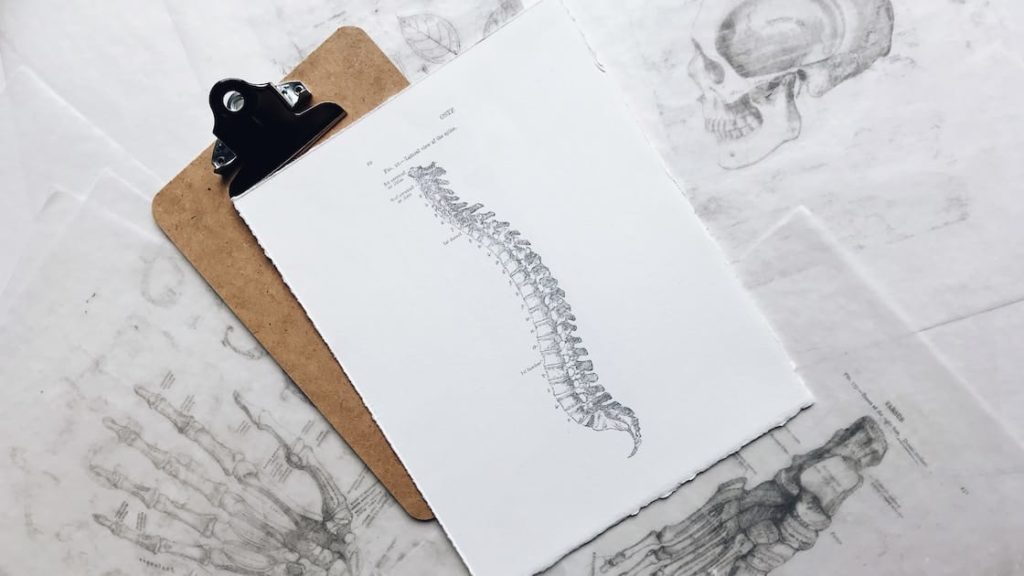The Effects of Smoking on Spinal Health

Smoke on the Spine: What Studies Show Cigarettes Do to Your Spinal Health
Cigarettes are to lungs as alcohol is to liver, right? Yes, but there’s more. It’s becoming more apparent that the lungs are not the only body part to suffer from inhaling tobacco smoke – the spine is at particular risk as well.
The Link Between Smoking and Back Pain
A 2012 study of over 34,000 US adults found a substantial causal link between smoking and lumbar (low back) pain. “The number of cigarettes smoked per day for current daily smokers was higher for those with back pain than those without back pain.” [1]
However, the bad news doesn’t end there; a more recent study from 2016 targeted the effects of smoking on the cervical (neck) portion of the spine. Taking into account each smoker’s status, the number of packs each person smoked, and the number of years they had been smoking, it concluded that current smokers had the greatest cervical disc degeneration.[2]
How in the world does smoking have anything to do with spinal health?
In case you’re not overly familiar with human anatomy, let me break things down a bit. The spine is made up of bones (vertebrae) and cushions (discs) that absorb shock from all the movements we partake in daily. Over time, these discs will eventually dehydrate and shrink (degeneration).
Although increased age has a natural correlation with disc degeneration, many health and lifestyle factors can accelerate that degeneration. Wear and tear, overuse (e.g. hunching over a computer for 8 hours a day), injury, or certain lifestyle choices are all accelerants to this process.
Spinal discs receive nourishment from the small blood vessels surrounding them; smoking damages those blood vessels, thus starving the discs and causing them to dehydrate and shrink. Disc shrinkage often leads to back or neck pain and limited joint mobility.
Can Quitting Smoking Help Your Spinal Health?
We all want to live our lives autonomously and without hindrance, whether external or internal. This article is not about limiting your options for living a happy life, but rather a reminder of where true freedom is found. Can you be truly free if your body movements are course and stiff? If your organs respond sluggishly and after-the-fact? If your mind is clouded with pain and schemes to relieve that pain? I believe that the foundation of freedom is built upon your ability to move and act within the world as you need and desire.
The truth may be that quitting smoking is only one link in the chain of changes you’d like to implement in your life. Here at Moyer Total Wellness we would love to help you make progress on your journey of health and freedom, so please, schedule today and we will walk with you every step of the way.

Emily Arnold
Emily Arnold, Licensed Massage Therapist
Emily Arnold is a Licensed Massage Therapist at Moyer Total Wellness. She holds a bachelor's degree in Spanish and Intercultural Studies. But it wasn't until Emily attended the Costa Rica School of Massage Therapy that she really discovered what she was supposed to be doing. She believes the human body is an astounding self-tuning instrument and her goal is to help people achieve homeostatic balance through stress regulation, mindful posture, health education, and intentional touch.
Resources
[1] Green, Bart N, et al. “Association Between Smoking and Back Pain in a Cross-Section of Adult Americans.” Cureus, Cureus, 26 Sept. 2016, www.ncbi.nlm.nih.gov/pmc/articles/PMC5081254/.
[2] Association of Academic Psychiatrists. “Smoking Cigarettes Can Be a Chronic Pain in Your Neck.” ScienceDaily, ScienceDaily, 18 Feb. 2016, www.sciencedaily.com/releases/2016/02/160218062227.htm.
